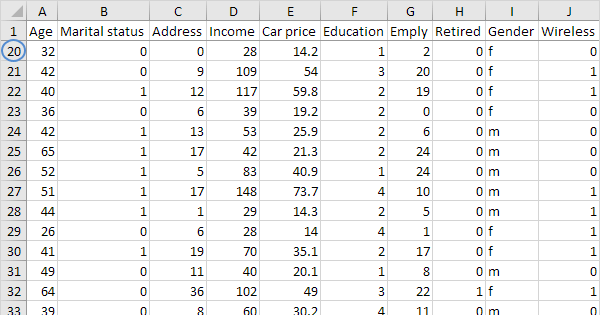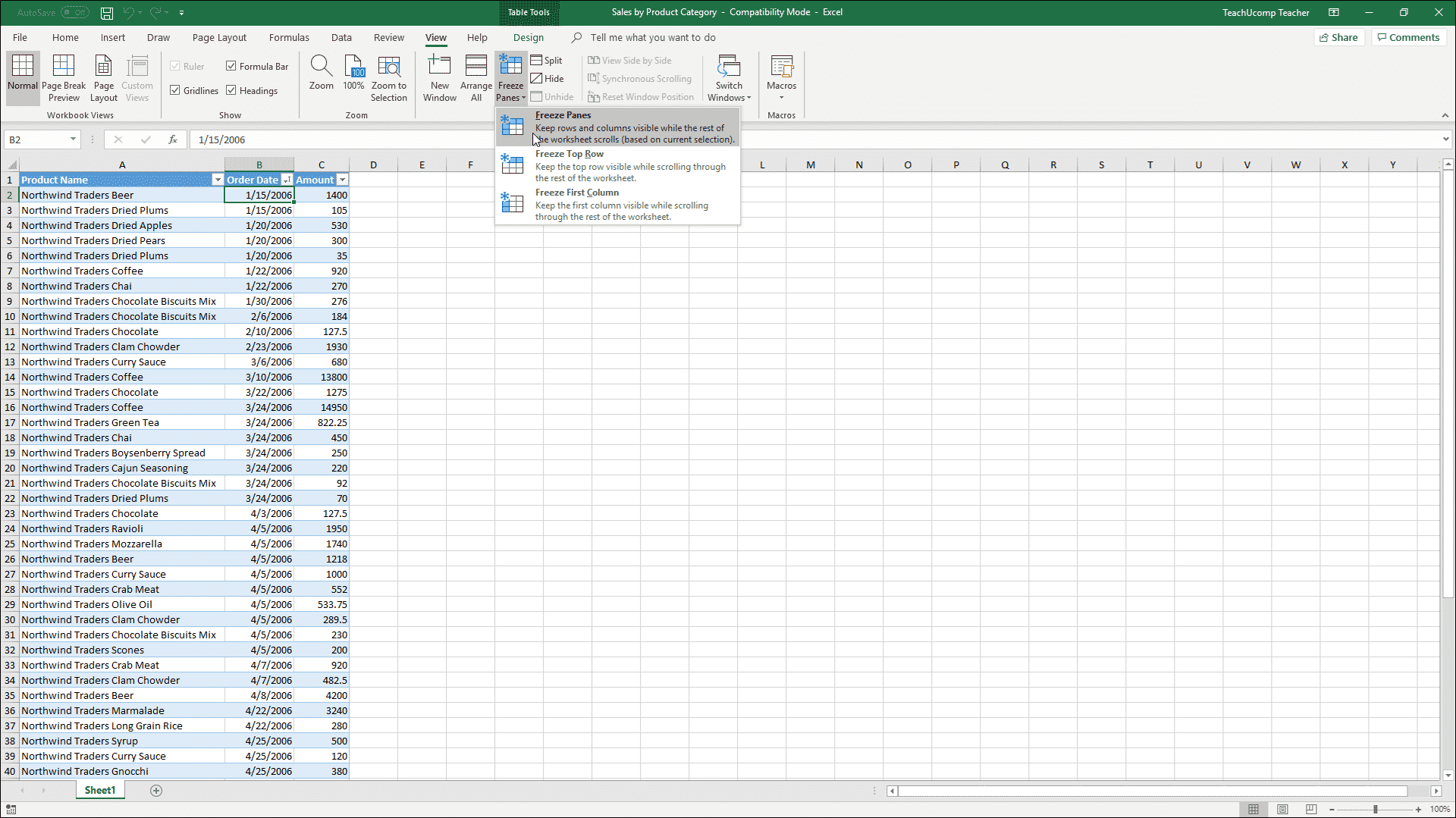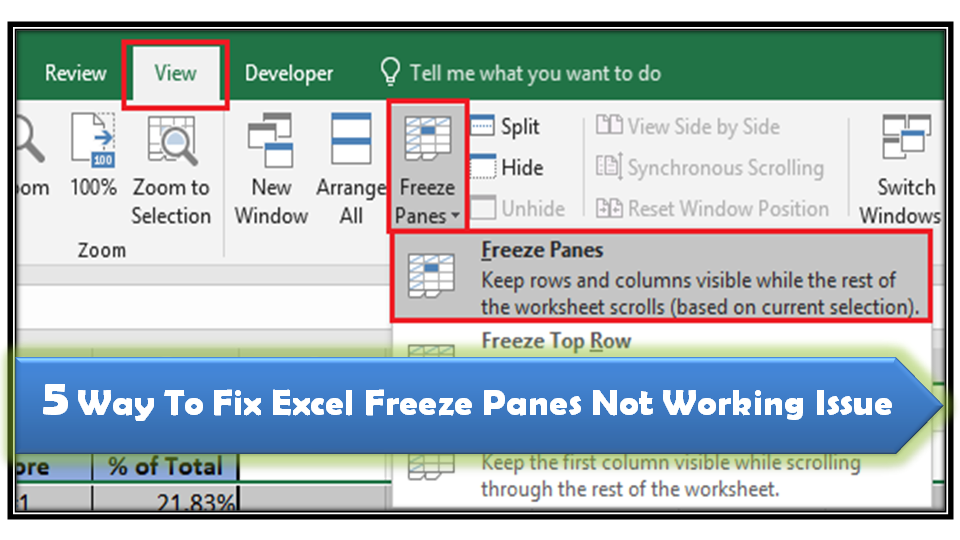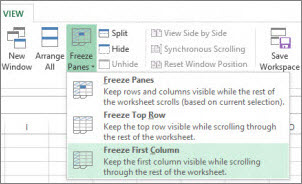

Therefore, let's start this blog post by taking a look at it: How To Save An Excel File As PDF Using VBA: The ExportAsFixedFormat Method The basic VBA method you use for converting Excel files to PDF is ExportAsFixedFormat. You can get immediate free access to these example files by clicking the button below.

This Excel VBA Save as PDF Tutorial is accompanied by files containing the data and macros I use in the examples below. Rows #12 To #20: Worksheets(iCounter).ExportAsFixedFormat.

Row #3: With Worksheets(iCounter).PageSetup.Row #2: For iCounter = 1 To Worksheets.Count.How To Save Each Worksheet As A Separate PDF Using VBA: How To Use Loops With The ExportAsFixedFormat Method (Examples #9 And #10).Use #2 (Example #8): How To Name A PDF File Using The Application.GetSaveAsFilename Method.Use #1 (Examples #4, #5, #6 And #7): How To Specify The Full Path And Name Of A PDF File Using The Filename Parameter Of The ExportAsFixedFormat Method.How To Change The Filename When Saving An Excel File As PDF Using VBA: How To Work With The Filename Parameter Of The ExportAsFixedFormat Method.How To Save An Excel File As PDF Using VBA: Code Example #3.How To Adjust The Page Setup To Save An Excel File As PDF Using VBA: The PageSetup Object.How To Save An Excel File As PDF Using VBA: Code Example #2.How To Save An Excel File As PDF Using VBA: Code Example #1.



 0 kommentar(er)
0 kommentar(er)
